200 years ago, Mary Shelley published “Frankenstein – A Modern Prometheus” a book about peoples’ anxiety to create something that gets out of control but also about the responsibility of people for what they have created. Not letting the fear of building something evil stop you is something that Rachel Ginsberg feels passionate about.
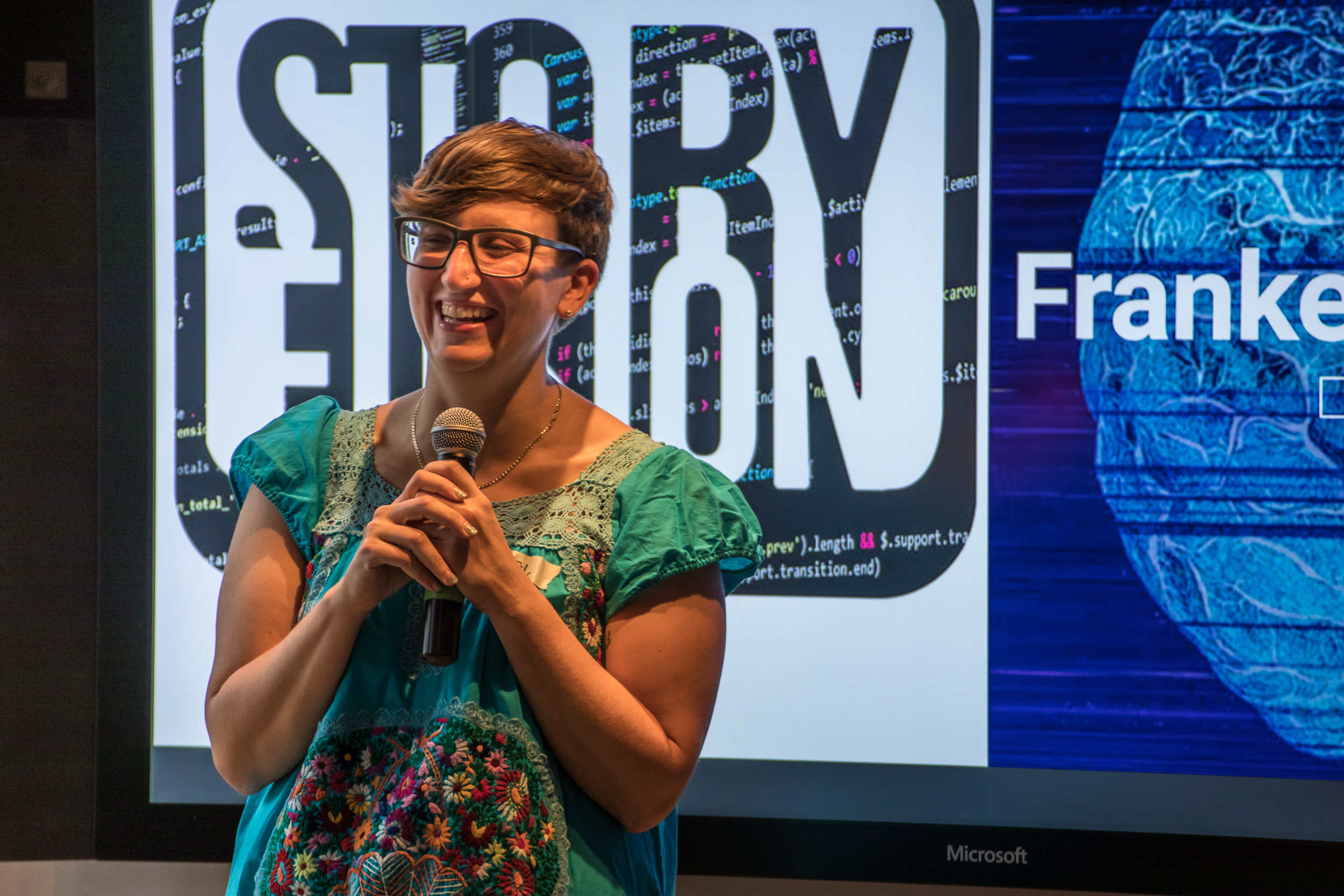
Rachel is one of the lead designers* of “Frankenstein A.I.” an emergent storytelling project that premiered at Sundance Festival in February and was dubbed by Indiewire as a possible “future of storytelling.” Rachel was our guest at StoryFusion #5 on Juni 18th. Instead of just talking us through the project, she let us experience it. So, what is Frankenstein A.I. all about?
Frankenstein A.I. is an algorithm that is built upon the book by Mary Shelley. As the book couldn’t be enough data for a proper working A.I., the team at Digital Storytelling Lab of Columbia University who developed it, created a collaborative experience: The A.I. learned stories from humans.
After a short introduction to herself and the project, everyone could fill out the google form “how human are you?”**, answering the A.I.s questions. A lot of these questions centered on emotions, feelings, memories, fears, and hopes. Remembering the book, Viktor Frankenstein creates life without getting feedback from anyone – just because he can becoming the blueprint of the mad scientist trope. Disappointed by his creation, Viktor leaves it alone (unlike Prometheus who tries to help humanity by stealing fire for them). To learn what it means to be human, the creature attempts to connect. When this is unsuccessful, it feels hurt, gets angry and kills, becoming the monster.
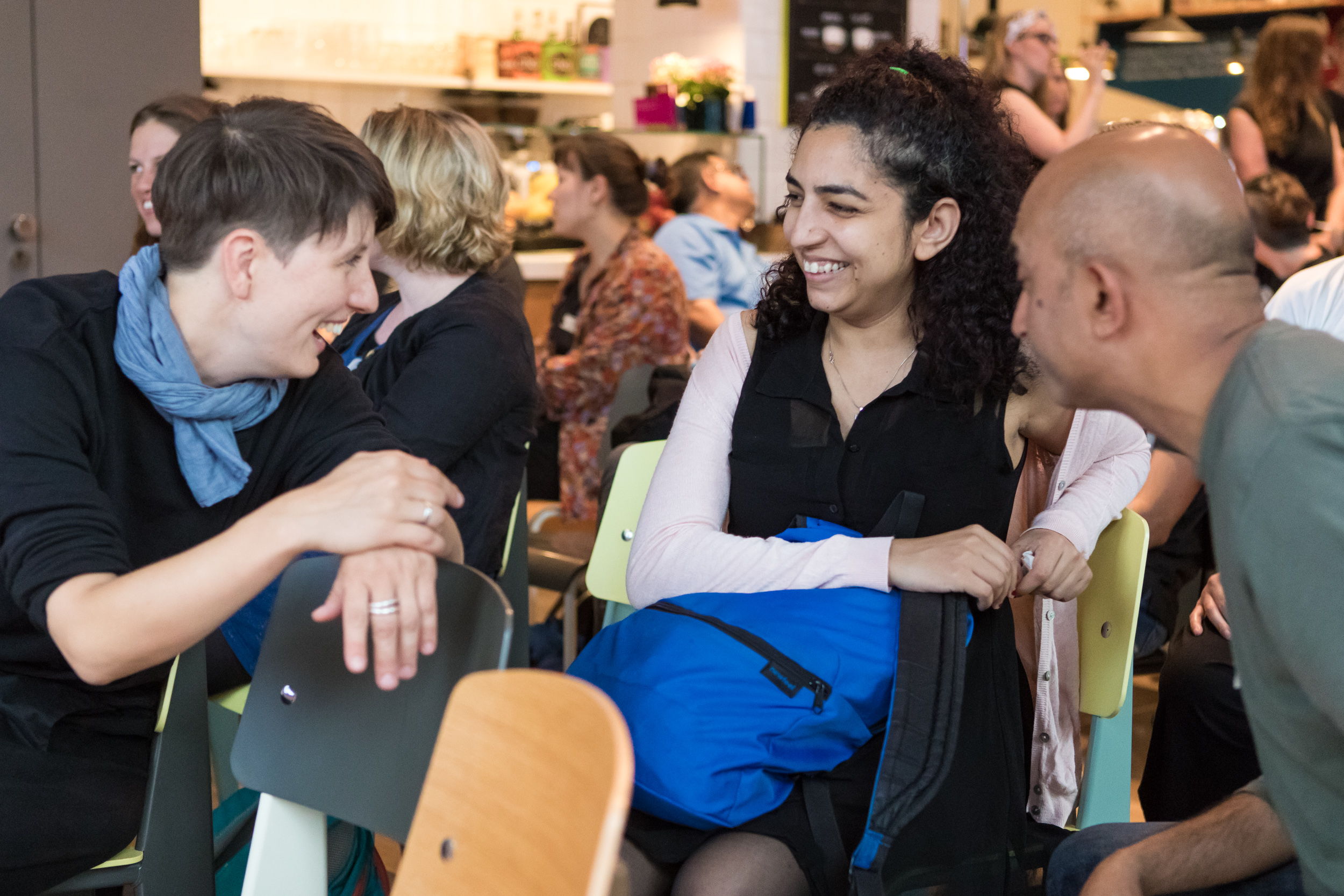
So, referring back to motives of the book, in our workshop the whole room paired up and started sharing anecdotes about feeling isolation and connection. Time flew while connecting through personal stories and therefore, in the end, there wasn’t enough time to analyze the experience, relating it back to Frankenstein A.I. and talk about emergent storytelling.
Emergent storytelling is used in games where you construct a framework that enables players to tell their own stories – something that happened with the installation at Sundance and also in our workshop.
Rachel Ginsberg is happy about feedback and getting in touch with you – as are we. So please, reach out and join us back in autumn after our summer break.
*The other lead designers are Lance Weiler and Nick Fortugno.
**the data will be deleted
All images by Julian van Dieken.

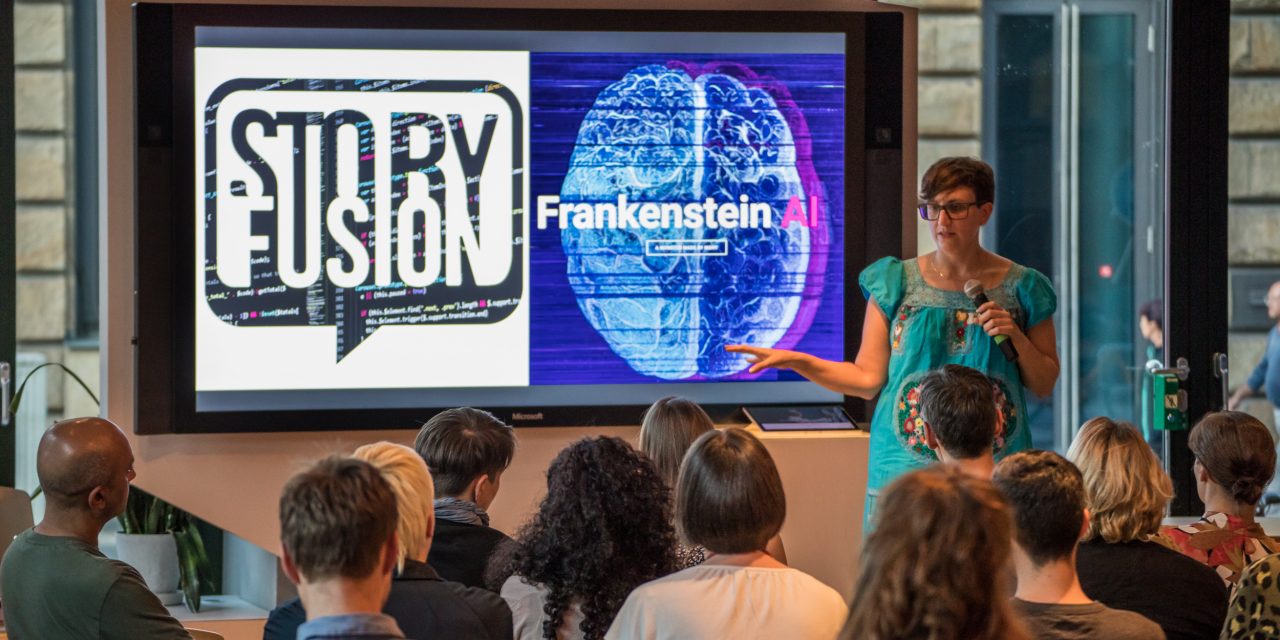
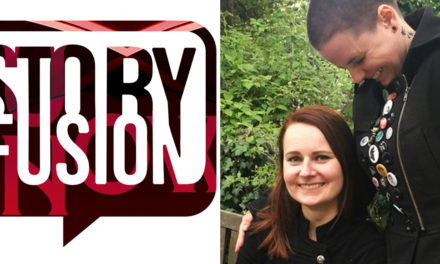
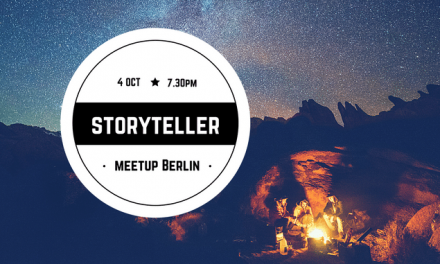
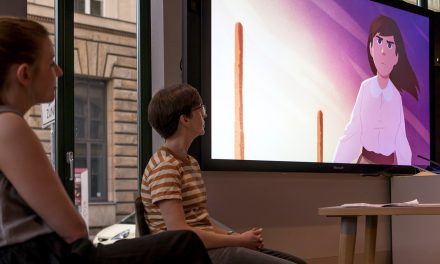
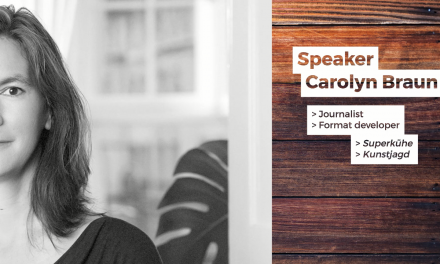

Recent Comments